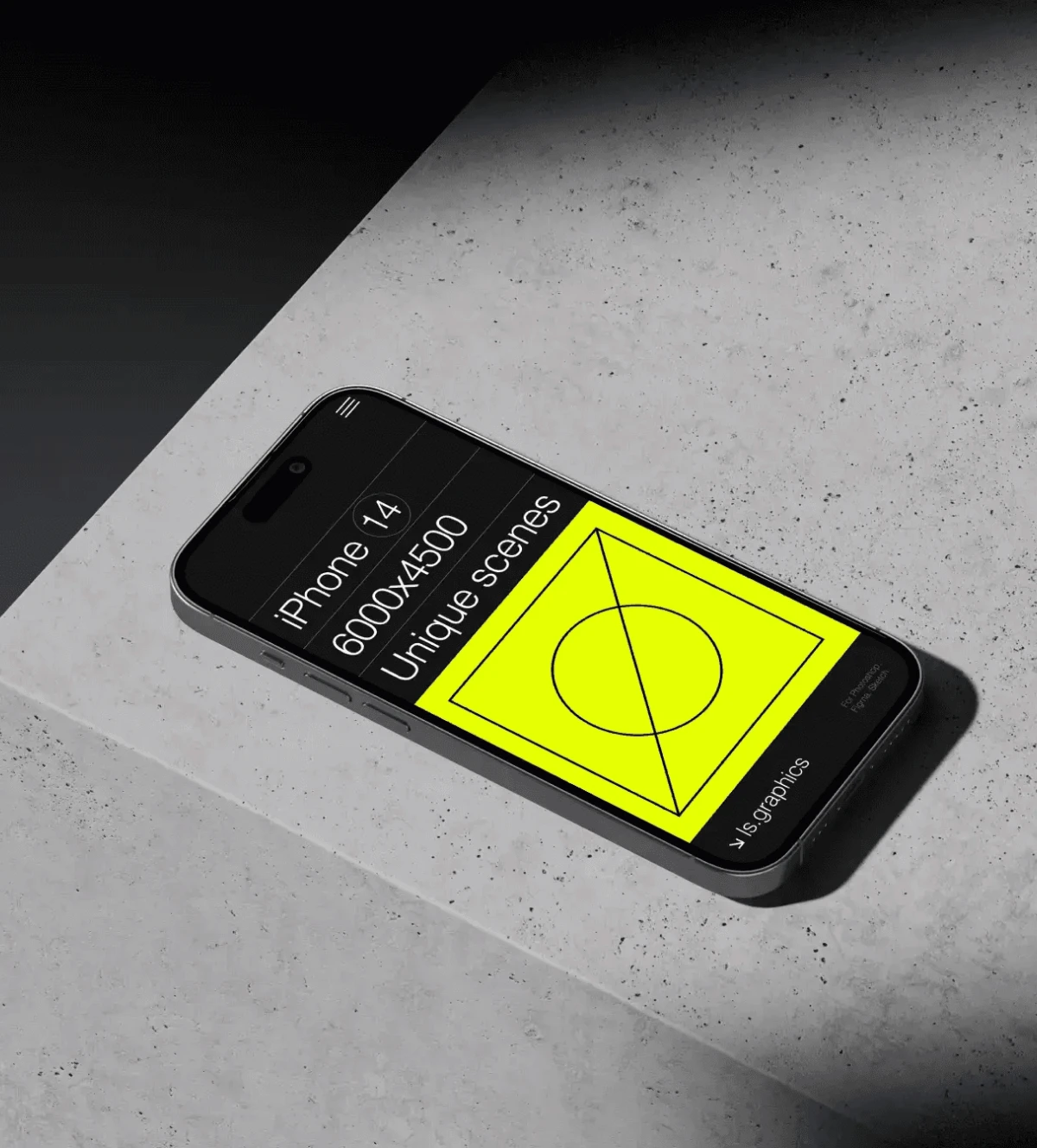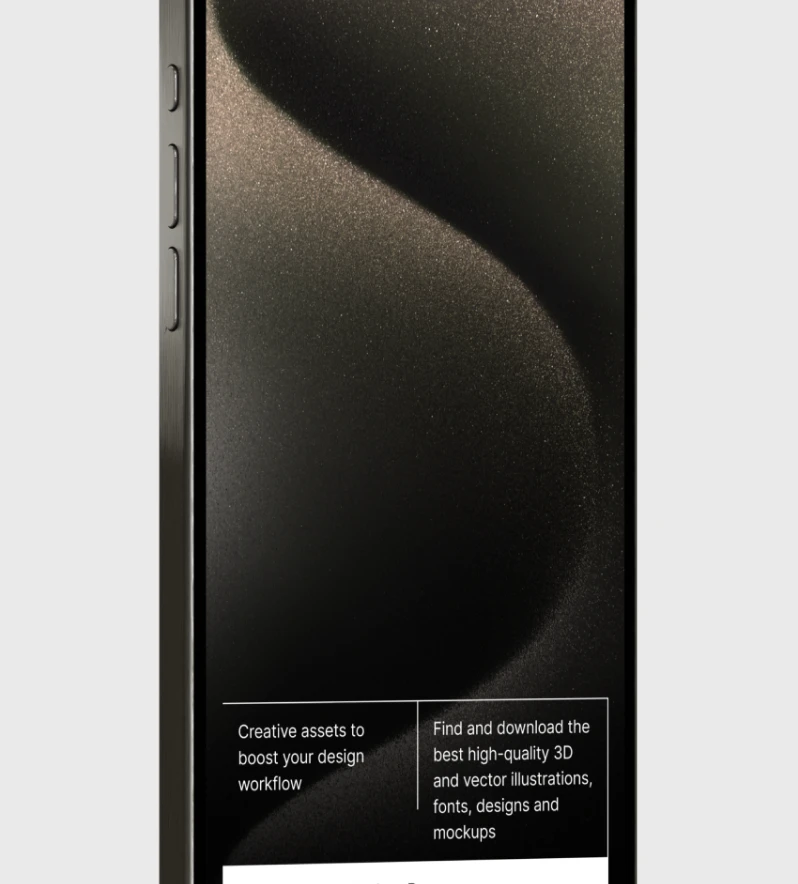Voice, Vision & Context: Designing for Multimodal UI in 2025
Voice, Vision & Context: Designing for Multimodal UI in 2025
Voice, Vision & Context: Designing for Multimodal UI in 2025
AI
/
Bryan Scott



Source:
Bryan Scott
The convergence of voice, vision, and context is revolutionizing user interfaces, creating more intuitive ways for users to interact with technology. As voice commerce surges to $151 billion this year (up 30% YoY) and the voice recognition market expands to $26.8 billion, brands that master multimodal interfaces gain significant competitive advantages.
The Multimodal Revolution
Today's leading AI platforms now ship multimodal by default, combining text, voice, and image understanding in unified systems. This shift fundamentally changes what's possible in interface design, moving us beyond tapping and typing to more natural human interactions.
"The strategic advantage lies in creating interfaces that feel less like technology and more like conversation," notes our Head of Experience Design. "When users can simply point and speak to accomplish tasks, friction dissolves and conversion rates climb."
Three Critical Design Patterns for Multimodal Success
At Go Fight Win, we've identified key patterns that separate successful multimodal interfaces from frustrating ones:
1. Visual Recognition Affordances
Effective multimodal interfaces clearly indicate when visual input is available. By integrating camera-based input capabilities with clear visual cues, users understand when they can show rather than tell.
The most successful implementations provide clear feedback about what the system recognizes, building user confidence in the interaction. This visual confirmation creates a sense of control that's essential for adoption.
2. Transparent Context Management
Users need to understand what information the system is using to make decisions. When an AI assistant recognizes an object or interprets a request, surfacing that understanding creates trust.
By showing "conversational breadcrumbs" that reveal the system's perception, users can quickly correct misunderstandings rather than wondering why they received unexpected results.
3. Natural Correction Flows
Even the best recognition systems make mistakes. The difference between frustrating and delightful experiences often comes down to how easily users can correct those errors.
We've found that designing for natural language corrections ("actually, change the color to red") rather than forcing users to restart interactions dramatically improves satisfaction metrics and task completion rates.
Beyond Technology: The Human Element
The most sophisticated multimodal systems still require thoughtful human-centered design to succeed. As our Creative Director emphasizes: "The technology enables new interaction models, but understanding human behavior, expectations, and mental models remains essential to creating experiences that feel intuitive rather than alien."
Our process begins not with capabilities but with contexts—understanding when and why users might prefer to speak rather than type, or show rather than tell. This human-centered approach ensures that multimodal elements enhance rather than complicate the user journey.
Looking Forward: What's Next in Multimodal Design
As these technologies mature, we see three emerging trends:
Contextual Intelligence: Systems that understand not just what users say and show, but when and where they're saying it
Personalized Interaction Models: Interfaces that adapt to individual communication preferences over time
Cross-Device Continuity: Seamless transitions between voice, visual, and traditional interfaces across the device ecosystem
For brands ready to explore this frontier, we recommend starting with targeted implementations focused on high-friction points in existing user journeys. Even small multimodal enhancements in strategic moments can deliver significant improvements in conversion and satisfaction.
Let's turn "tap" into "talk + point." Book a workshop with Go Fight Win to explore how multimodal interfaces can transform your digital experience.
The convergence of voice, vision, and context is revolutionizing user interfaces, creating more intuitive ways for users to interact with technology. As voice commerce surges to $151 billion this year (up 30% YoY) and the voice recognition market expands to $26.8 billion, brands that master multimodal interfaces gain significant competitive advantages.
The Multimodal Revolution
Today's leading AI platforms now ship multimodal by default, combining text, voice, and image understanding in unified systems. This shift fundamentally changes what's possible in interface design, moving us beyond tapping and typing to more natural human interactions.
"The strategic advantage lies in creating interfaces that feel less like technology and more like conversation," notes our Head of Experience Design. "When users can simply point and speak to accomplish tasks, friction dissolves and conversion rates climb."
Three Critical Design Patterns for Multimodal Success
At Go Fight Win, we've identified key patterns that separate successful multimodal interfaces from frustrating ones:
1. Visual Recognition Affordances
Effective multimodal interfaces clearly indicate when visual input is available. By integrating camera-based input capabilities with clear visual cues, users understand when they can show rather than tell.
The most successful implementations provide clear feedback about what the system recognizes, building user confidence in the interaction. This visual confirmation creates a sense of control that's essential for adoption.
2. Transparent Context Management
Users need to understand what information the system is using to make decisions. When an AI assistant recognizes an object or interprets a request, surfacing that understanding creates trust.
By showing "conversational breadcrumbs" that reveal the system's perception, users can quickly correct misunderstandings rather than wondering why they received unexpected results.
3. Natural Correction Flows
Even the best recognition systems make mistakes. The difference between frustrating and delightful experiences often comes down to how easily users can correct those errors.
We've found that designing for natural language corrections ("actually, change the color to red") rather than forcing users to restart interactions dramatically improves satisfaction metrics and task completion rates.
Beyond Technology: The Human Element
The most sophisticated multimodal systems still require thoughtful human-centered design to succeed. As our Creative Director emphasizes: "The technology enables new interaction models, but understanding human behavior, expectations, and mental models remains essential to creating experiences that feel intuitive rather than alien."
Our process begins not with capabilities but with contexts—understanding when and why users might prefer to speak rather than type, or show rather than tell. This human-centered approach ensures that multimodal elements enhance rather than complicate the user journey.
Looking Forward: What's Next in Multimodal Design
As these technologies mature, we see three emerging trends:
Contextual Intelligence: Systems that understand not just what users say and show, but when and where they're saying it
Personalized Interaction Models: Interfaces that adapt to individual communication preferences over time
Cross-Device Continuity: Seamless transitions between voice, visual, and traditional interfaces across the device ecosystem
For brands ready to explore this frontier, we recommend starting with targeted implementations focused on high-friction points in existing user journeys. Even small multimodal enhancements in strategic moments can deliver significant improvements in conversion and satisfaction.
Let's turn "tap" into "talk + point." Book a workshop with Go Fight Win to explore how multimodal interfaces can transform your digital experience.




Get in touch
Contact Go Fight Win today, and let's start the conversation about transforming your ideas into extraordinary digital experiences.
Contact




Get in touch
Contact Go Fight Win today, and let's start the conversation about transforming your ideas into extraordinary digital experiences.
Contact




Get in touch
Contact Go Fight Win today, and let's start the conversation about transforming your ideas into extraordinary digital experiences.
Contact


